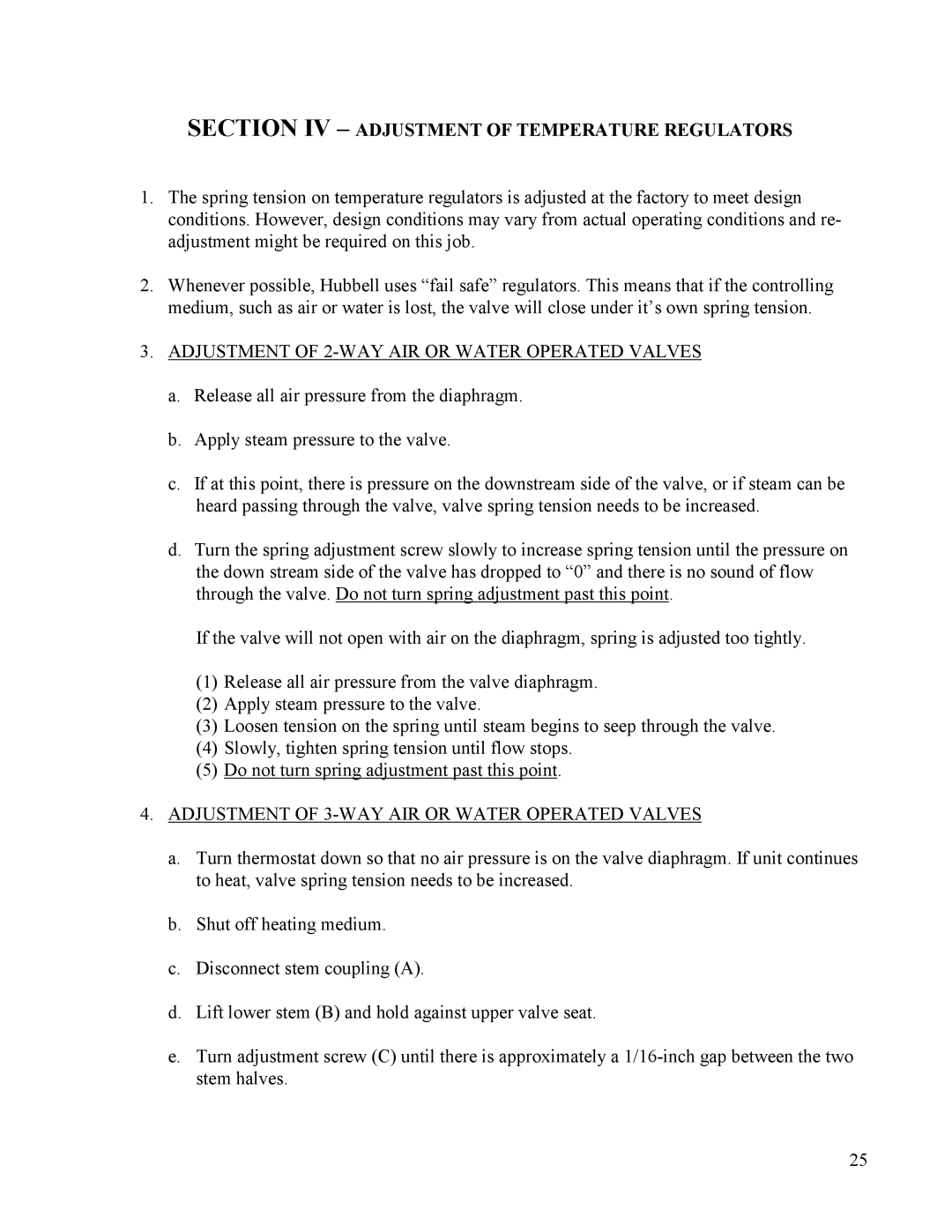STH, ST specifications
Hubbell ST and STH connectors are pivotal components in the realm of power and data transmission. Known for their durability and reliability, these connectors are widely implemented in both commercial and industrial applications. Their design caters to the need for efficient connectivity while ensuring safety and performance.The Hubbell ST connector is engineered with a robust, user-friendly configuration that allows for quick and simple installations. It features a bayonet-style coupling mechanism, which ensures that the connection is secure and resistant to accidental disconnection. This design is especially beneficial in high-vibration environments, making it ideal for use in various industries, including telecommunications, aerospace, and manufacturing.
On the other hand, the STH connector is specifically designed for high-temperature applications and environments where harsh conditions prevail. It is made from high-temperature materials that can withstand significant thermal stress, thus ensuring consistent performance even in challenging conditions. This feature is particularly crucial for industries such as oil and gas, renewable energy, and any sector that relies on high-performance machinery.
Both ST and STH connectors utilize advanced technologies to enhance their performance. They incorporate precision-engineered contact surfaces that allow for optimal electrical flow, while minimizing signal loss. This is especially important in data-intensive industries where maintaining signal integrity is critical. Additionally, these connectors feature insulation systems that provide protection against moisture, dust, and other environmental factors, significantly prolonging their lifespan.
One of the standout characteristics of Hubbell connectors is their versatility. They come in various configurations and sizes, allowing them to cater to a wide range of applications, from telecommunications to industrial machinery. The connectors can handle different voltage levels and current ratings, thus accommodating the requirements of diverse operational setups.
In conclusion, Hubbell ST and STH connectors represent reliability and functionality in connectivity solutions. Their robust construction, advanced technologies, and adaptability make them a top choice for professionals looking for efficient and dependable connectors in demanding environments. Whether it’s ensuring seamless data transmission or providing power to critical systems, Hubbell connectors stand out as a preferred solution across many industries.
